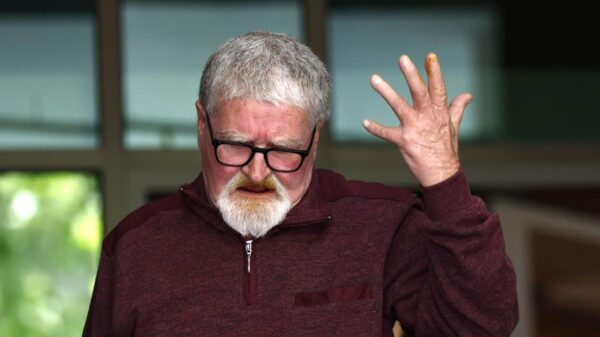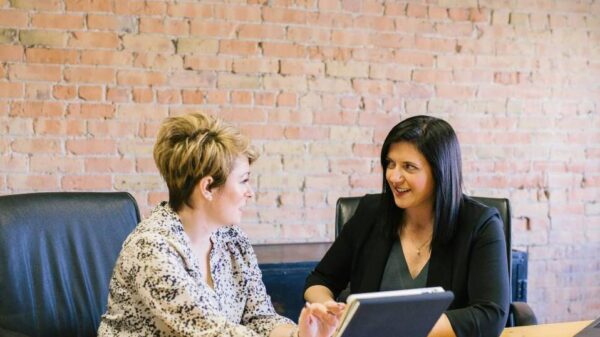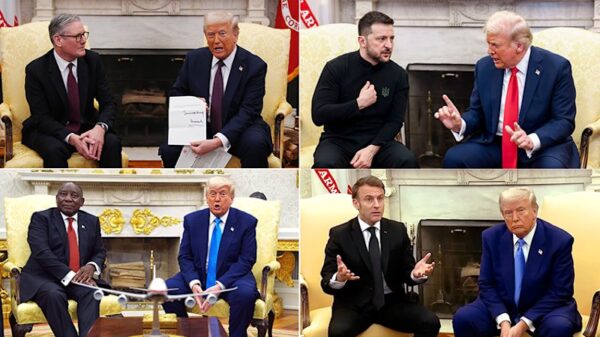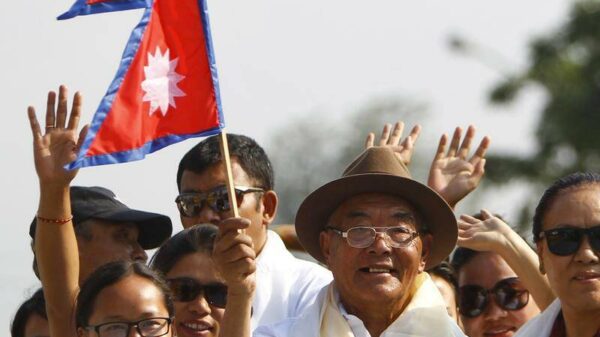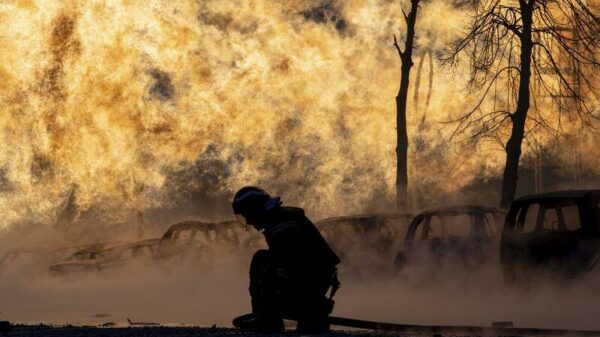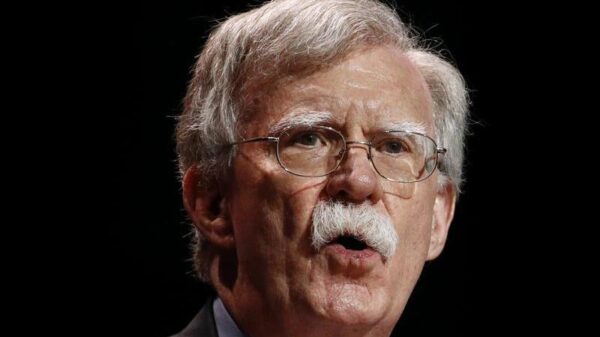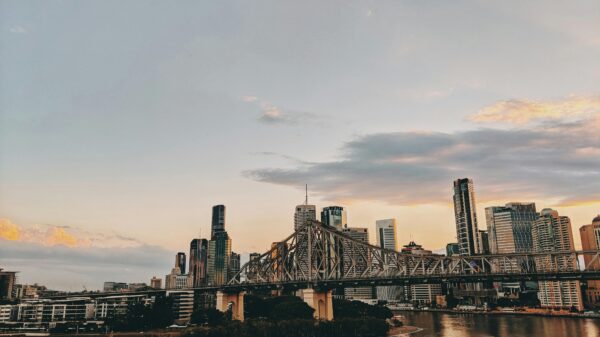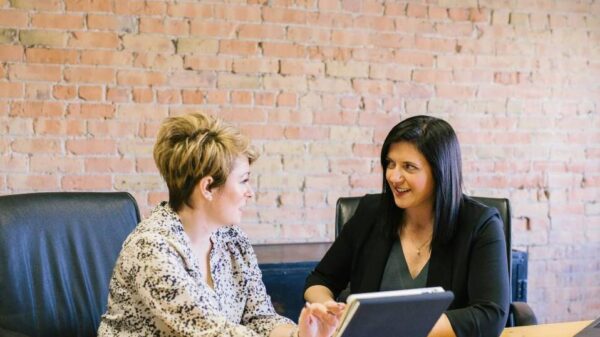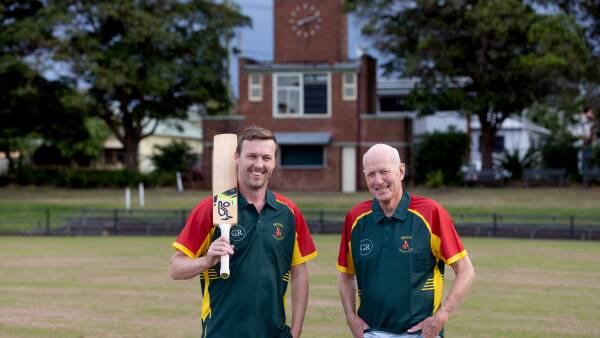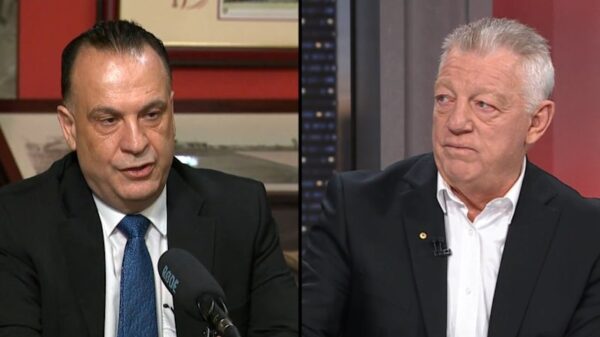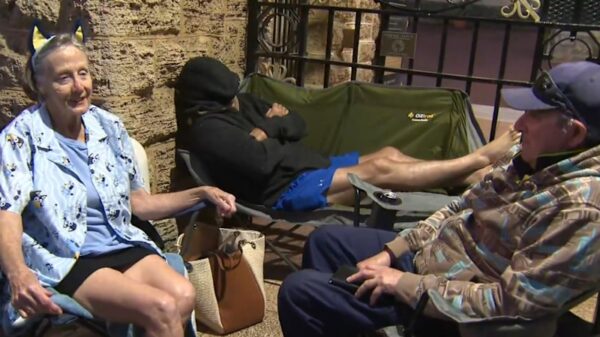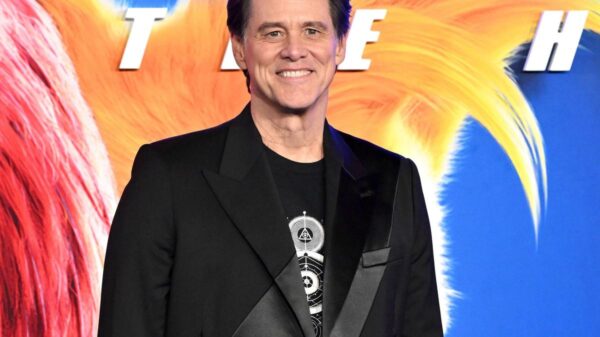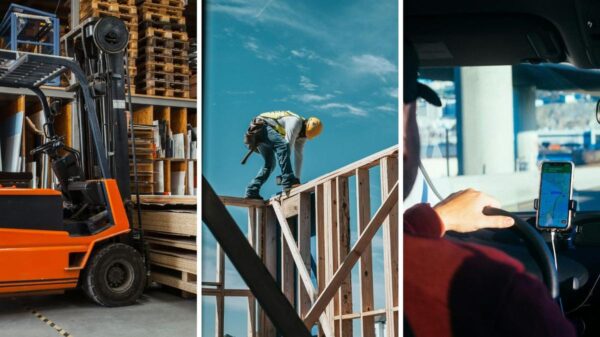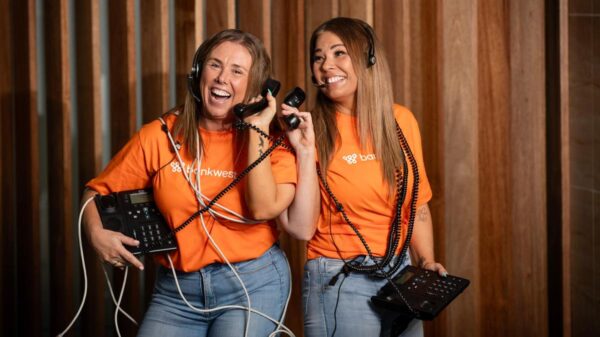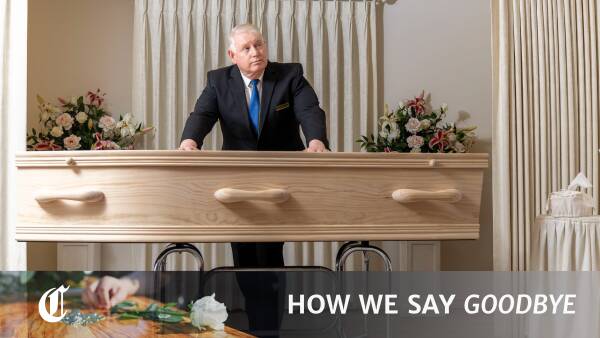The landscape of funerals in Australia has undergone a notable transformation, shifting towards simpler, more affordable options. Traditional ceremonies, once dominated by elaborate rituals and costly coffins, are increasingly giving way to streamlined services that prioritize personalization and cost-effectiveness.
In recent years, the rise of “no attendance” funerals has marked a significant change in how Australians approach death. According to Kerry McMurray, chief executive of Canberra Memorial Parks, many families now opt for cremation without a formal service. This trend has been particularly pronounced since the COVID-19 pandemic, which altered perceptions of mortality and encouraged more open discussions about end-of-life preferences. Currently, cremations account for approximately 70% of all funerals in Australia, with a notable increase in urban areas where land is at a premium.
The shift towards more affordable funerals aligns with growing economic pressures. Clayton Perry, a funeral director at Grantley Perry & Sons, highlighted that “no attendance funerals” can be at least 5% cheaper than traditional services. Families can choose to have the deceased cremated without being present, allowing them to collect the ashes afterward and hold a memorial service at a later time.
As environmental concerns gain traction, many families are also exploring alternative burial options. The not-for-profit organization Tender Funerals has been gaining attention for its commitment to providing dignified yet affordable funerals. In its first year of operation in Canberra, nearly half of the families selected cardboard coffins, valuing both the cost and environmental impact. Others have opted for shrouding or traditional caskets, reflecting a diverse array of choices that cater to individual beliefs and preferences.
The changing demographics of Australian society have also influenced funeral practices. New facilities, such as the ACT government crematorium in Gunghalin, have been designed to accommodate the needs of various cultural and religious groups. For example, the crematorium’s orientation allows for specific rituals associated with Hindu customs, where cremation direction holds significance. Michelle Dariol, the crematorium manager, noted that families can now participate in the process by using a dongle to initiate the cremation, a modern adaptation of traditional practices.
The impact of COVID-19 on funeral services has extended beyond physical attendance. Live streaming has become a standard feature, enabling family members and friends from around the world to participate in memorials remotely. Perry reported that 90% to 95% of his services now include live streaming, a practice that has become more sophisticated since the pandemic.
Overall, the evolution of funerals in Australia reflects a broader cultural shift towards personalization and accessibility. As families navigate the emotional landscape of loss, they are increasingly seeking services that resonate with their values and financial realities. The emphasis on straightforward, meaningful farewells is likely to continue as societal attitudes towards death evolve.

